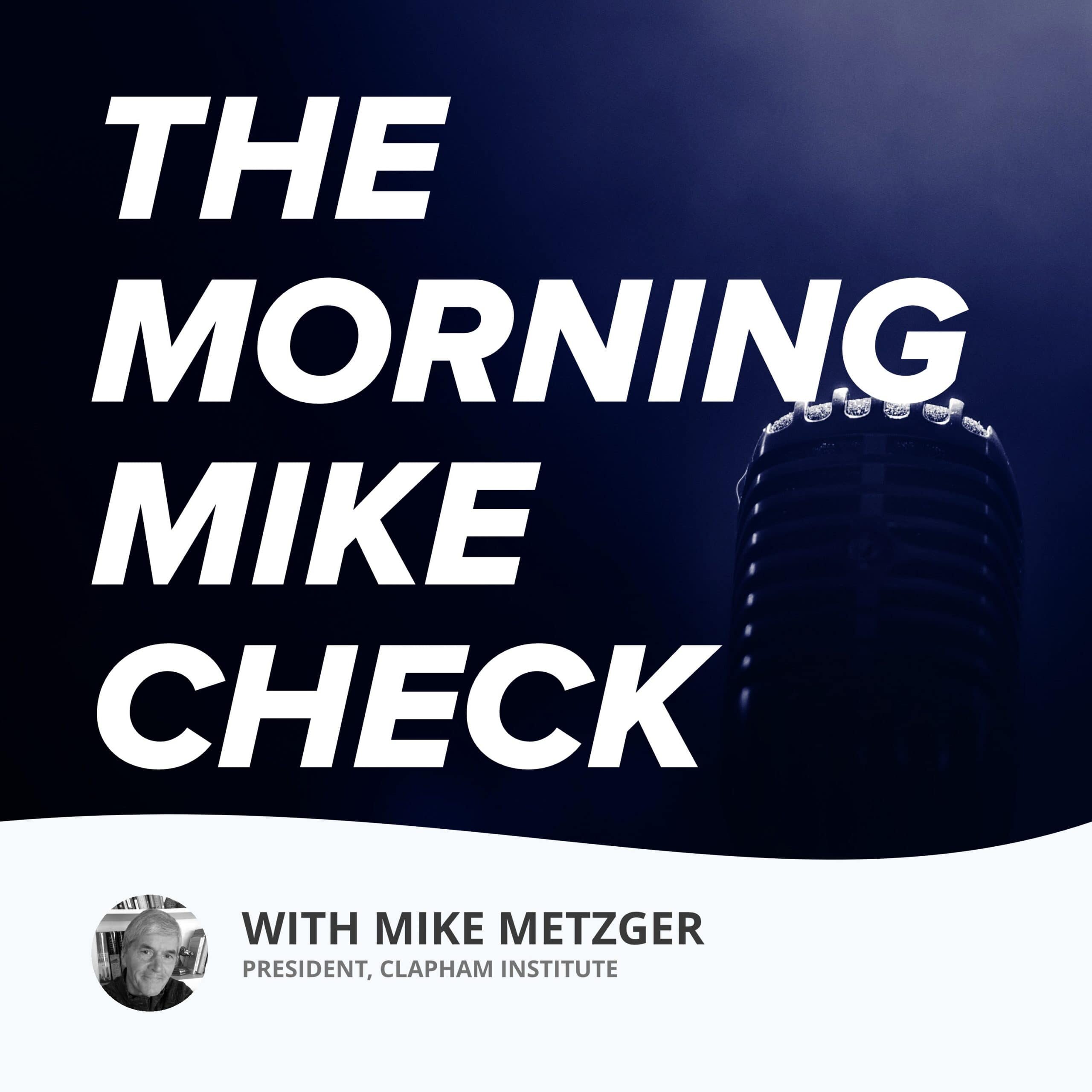Distinctly different frames for history explain why Christians see distinctly different ways forward.
I like to frame (or reframe) topics, so I was fascinated to read Tom Holland’s story of different frames for history in his book, Dominion: How the Christian Revolution Remade the World. The first is the Catholic frame. It has two distinct ages: a primal church (A.D.33 to Constantine), followed by an age of Christendom (Constantine to the present).
In the 1700s, Protestant Reformers divided Christendom into two ages, giving us a total of three ages. There was still “a primal age of light” (A.D.33 to Constantine), followed by a “middle age,” a term that I didn’t know the Reformers coined to reframe the age of Constantine to the 1700s. According to the Protestant Reformers, in the so-called Middle Ages, the Catholic Church was entirely corrupt. The Reformers believed the Reformation corrected Rome’s corruptions. What followed was a third age, the age of Protestantism, which, according to Holland, was defined by the word “progress.”
Some scholars didn’t feel “Middle Ages” captured the age of Constantine to the 1700s. They coined the term “medieval” (which means “middle age”) to denote a more nuanced view of the age of Constantine to the 1700s. It’s essentially a Catholic frame, recognizing there were instances of corruption in the medieval Catholic Church, along with long periods of reform, with far more good popes than bad. The term “medieval” also recognizes how this age had great movements in the arts, education, and government; of great scholars, poets, and scientists; as well as great universities founded during this era.
There’s one more frame. In the 1800s, Protestant Evangelicalism burst on the scene. It tends to see church history through one frame, seamless from the Book of Acts to what we’re doing today.
If you’re keeping count, we’re up to three distinctly different frames for church history: Catholic, Protestant Reformed, and Protestant Evangelical. They yield three distinctly different ways of going forward. Let me suggest three words to help clarify these three ways forward. Start with Protestant Evangelicalism.
More. Protestant Evangelicals tend to imagine that they’re doing what the early church did. So do more of it. More church plants, more evangelism, more missionaries. Rod Bennett, a Baptist, felt this way for years. Then he began reading the church fathers. He was quickly disabused of the idea that his church was doing what the early church did. You might enjoy reading his book: Four Witnesses: The Early Church In Her Own Words.
Reform. Protestant Reformers speak of reforming the American church, looking to the Reformation of 500 years ago as the way forward. I noticed this in the writings of the late Tim Keller, a Reformed pastor I deeply respect. As he was dying, Keller wrote extensively about renewing American Christianity by reforming the Protestant church. The Catholic Church had little to offer.
Death. Yep, in one word, death is the way forward for many in the Catholic Church. In 1974, Archbishop Fulton Sheen declared: “We are at the end of Christendom. Not of Christianity, not of the Church, but of Christendom.” Pope Francis concurs: “Brothers and sisters, Christendom no longer exists!” Both mean the age of Christendom—Constantine to the present—is over. It’s dead. What killed it? The Enlightenment. It has undermined American Christianity—Catholic and Protestant, Reformed and Evangelical—to such a degree that it’s beyond resuscitation. The way forward is the life that comes from death.
That’s not original with me. I get it from folks like Paul Kingsnorth. Read his excellent series: The West Must Die: Beyond the Revolution. He feels the way forward is not in seeking to reform today’s aberrations of the early church. It’s in returning to the primal church, the Church fathers, and the great movements fostered by the early and medieval Church.
You may not agree with my summary of these three ways forward, and, of course, good people can disagree. My point is that different frames yield different ways forward. “People think in frames,” linguist George Lakoff reminds us. “To be accepted, the truth must fit people’s frames. If the facts do not fit a frame, the frame stays and the facts bounce off.”[1]
Protestants and Catholics have been bouncing all sorts of facts off one another for centuries, but haven’t yet come to any agreement on a way forward. Jesus prayed that his church would be one. Maybe if we developed one frame for history, we could develop one way forward. My hunch is Jesus would appreciate that.
[1] George Lakoff, Don’t Think of an Elephant! Know Your Values and Frame the Debate, (Chelsea Green, 2004), 17.

Leave a Reply